Kiribati Island, a hidden gem in the Pacific Ocean, is an archipelago consisting of 33 coral atolls and islands. Known for its stunning lagoons, pristine beaches, and cultural heritage, Kiribati is a paradise for adventurers and nature lovers. Whether you’re looking to explore remote islands, witness breathtaking sunsets, or engage with the friendly locals, Kiribati offers a unique and unforgettable experience. This travel guide covers everything you need to know about Kiribati tourism, from its stunning attractions to the best time to visit, ensuring you make the most of your journey to this tropical island.
Quick Details About Kiribati Island
Location: Central Pacific Ocean, northeast of Australia
Area: Approximately 811 square kilometres
Key Features: Remote beaches, blue lagoons, rich marine biodiversity, WWII historical sites
Cultural Significance: Home to the Micronesian and Polynesian cultures, known for traditional dance, music, and crafts
Wildlife: Includes rare seabirds, coconut crabs, reef sharks, and vibrant marine life
Activities: Fishing, diving, snorkelling, cultural tours, birdwatching
Location

Photo: Vladimir Lysenko / Wikimedia Commons
The Kiribati Island location lies in the central Pacific Ocean, stretching across both the Eastern and Western Hemispheres. The country consists of three major island groups: the Gilbert Islands, the Phoenix Islands, and the Line Islands. It is located approximately halfway between Hawaii and Australia, making it one of the most isolated island nations in the world. Its geographical position contributes to its untouched beauty and unique ecosystem, attracting travellers who seek an off-the-beaten-path adventure.
How To Reach
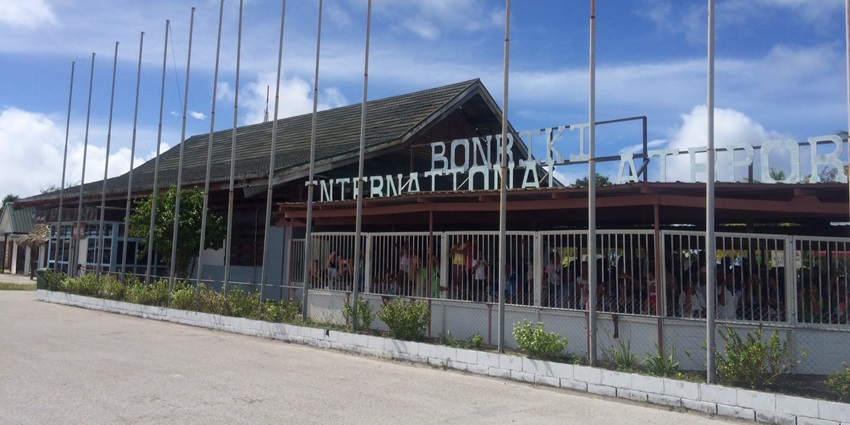
Photo: Enzino / Wikimedia Commons
By Air: The main international gateway is Bonriki International Airport (TRW) in Tarawa. Flights from Fiji (Nadi) and Australia (Brisbane via Nauru) operate regularly.
By Road: There are road networks within the main islands, like Tarawa and Kiritimati, with buses and taxis available.
By Sea: Cargo and passenger ships occasionally travel between Kiribati and neighbouring Pacific islands.
Places To Visit In Kiribati Islands
Here is a list of places you cannot miss when visiting the Kiribati Islands.
1. Tarawa Atoll
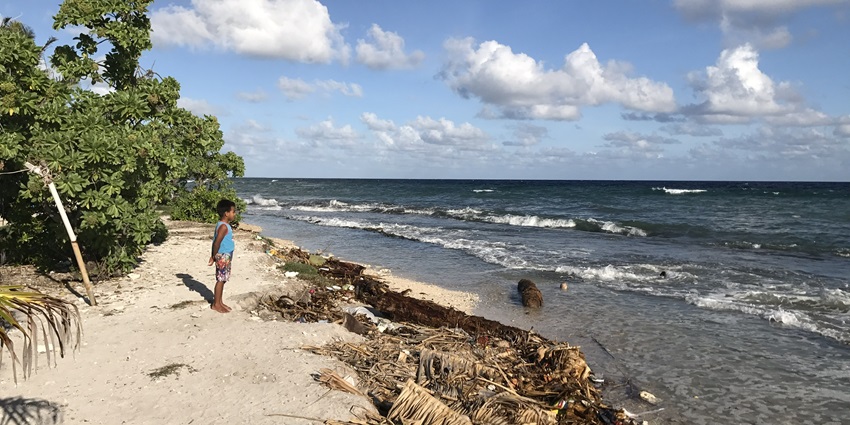
Photo: Arorae / Wikimedia Commons
Tarawa, the capital of Kiribati, is the political and economic hub of the country. It is famous for its World War II history, with remnants of battlefields and war relics scattered across the island. Visitors can explore the local markets, visit the Parliament House, and witness traditional Kiribati dance performances. The stunning lagoons and coral reefs make it an ideal spot for snorkelling and fishing.
Location: Central Pacific Ocean; capital of Kiribati
2. Kiritimati (Christmas Island)

Photo: Calvin Smith / Wikimedia Commons
Kiritimati, also known as Christmas Island, is the world’s largest coral atoll. It is a dream destination for anglers, offering some of the best fly-fishing experiences. The island is also a paradise for birdwatchers, home to thousands of seabirds, including the endemic Christmas Island warbler. With its pristine beaches, blue waters, and unspoiled nature, Kiritimati is a great spot for ecotourism. The island also has historical significance, as it was once a nuclear testing site.
Location: Northern Line Islands, Kiribati
3. Butaritari Atoll

Photo: KevGuy4101 / Wikimedia Commons
Often referred to as the “green island” of Kiribati, Butaritari Atoll is known for its dense vegetation and rich agricultural environment. It played a crucial role during World War II, with several historical sites still preserved. The island is surrounded by breathtaking coral reefs, making it a great destination for snorkelling and diving. Butaritari is also famous for its traditional canoe-making and handicrafts, offering visitors an opportunity to engage with the local artisans.
Location: Northern Gilbert Islands, Kiribati
4. Abaiang Atoll
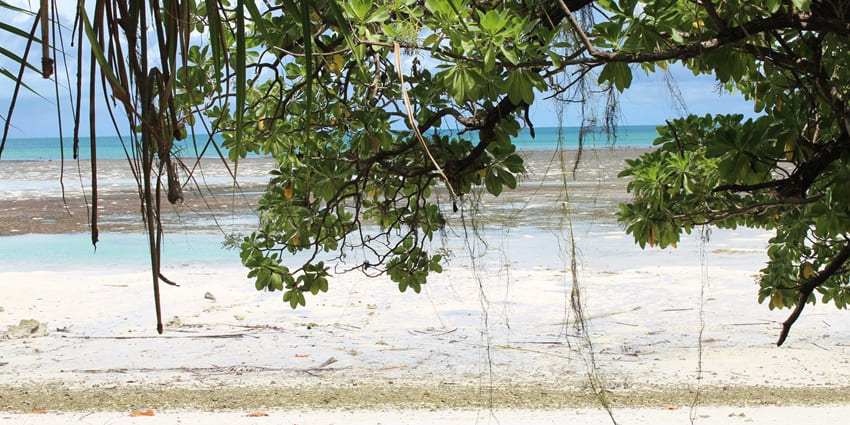
Photo: AusAID / Wikimedia Commons
Abaiang Atoll, located north of Tarawa, is a stunning island known for its beautiful beaches and vibrant marine life. It is an excellent spot for ecotourism, with sustainable resorts offering authentic cultural experiences. Visitors can explore traditional villages, learn about Kiribati’s unique way of life, and enjoy breathtaking sunsets over the Pacific. Abaiang also has historical significance, being one of the first islands in Kiribati where Christianity was introduced.
Location: North of Tarawa, Kiribati
5. Millennium Island (Caroline Island)
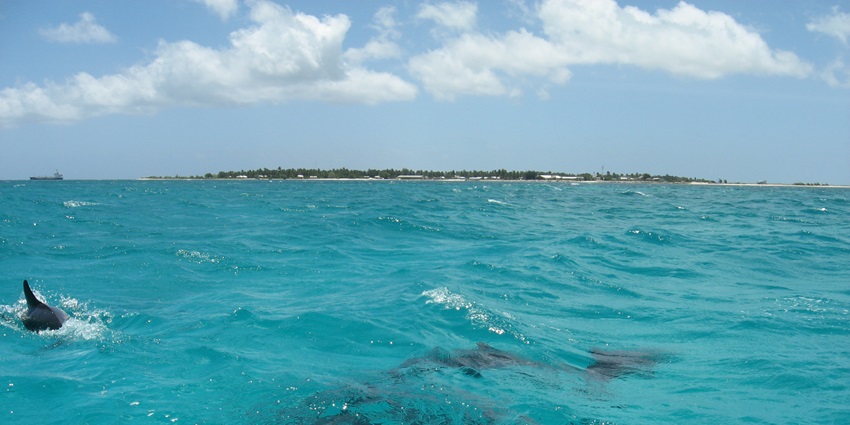
Photo: Vladimir Lysenko / Wikimedia Commons / Image For Representation Only
Millennium Island, formerly known as Caroline Island, is one of the most pristine and untouched atolls in the world. It was among the first places to welcome the new millennium in the year 2000, making it historically significant. This remote paradise is home to rare wildlife, crystal-clear lagoons, and untouched coral reefs. Due to its protected status, access to the island is limited, preserving its natural beauty for future generations.
Location: Southern Line Islands, Kiribati; uninhabited coral atoll
Where To Stay

Photo: Wikieditor11221 / Wikimedia Commons / Image For Representation Only
The island offers a range of accommodations, from modest guesthouses to comfortable hotels. In Tarawa, Utirerei Motel provides essential amenities and is well regarded by travellers. Mary’s Motel offers a patio dining experience with television access and serves meals throughout the day. On Kiritimati Island, Lagoon View Resort is celebrated for its serene environment and exceptional hospitality. For a more immersive experience, traditional island-style bungalows, known as “Buia,” are available on outer islands, offering basic amenities in a culturally rich setting.
Where To Eat
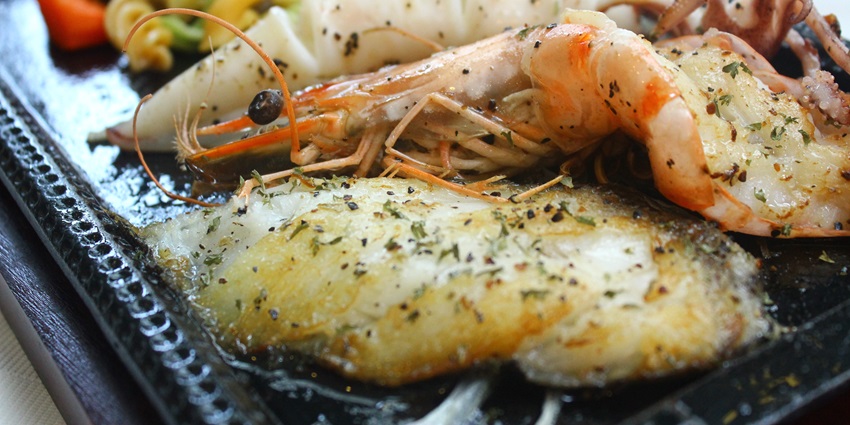
Photo: CC0 Public Domain / pxhere / Image For Representation Only
Kiribati’s culinary scene emphasises seafood, coconut, and root vegetables. In Tarawa, Chatterbox Café is noted for its comfortable seating, air conditioning, and prompt service, offering a variety of meals throughout the day. Ocean Family Seafood in Tarawa Atoll is praised for its Chinese cuisine and bar offerings. Additionally, local eateries serve traditional dishes like te bua toro (coconut-crusted fish) and te ika (raw fish marinated in lime and coconut milk), providing visitors with authentic Kiribati flavours.
Best Time To Visit

Photo: Vladimir Lysenko / Wikimedia Commons / Image For Representation Only
The Kiribati Island weather is tropical, with warm temperatures throughout the year. The best time to visit is during the dry season (May to November), when the climate is pleasant and outdoor activities are more enjoyable. The wet season (December to April) brings heavy rainfall and occasional storms, which may affect travel plans. If you want to experience local festivals, plan your visit around Independence Day (July 12th), which is celebrated with vibrant cultural events and traditional performances.
Tips For Travellers
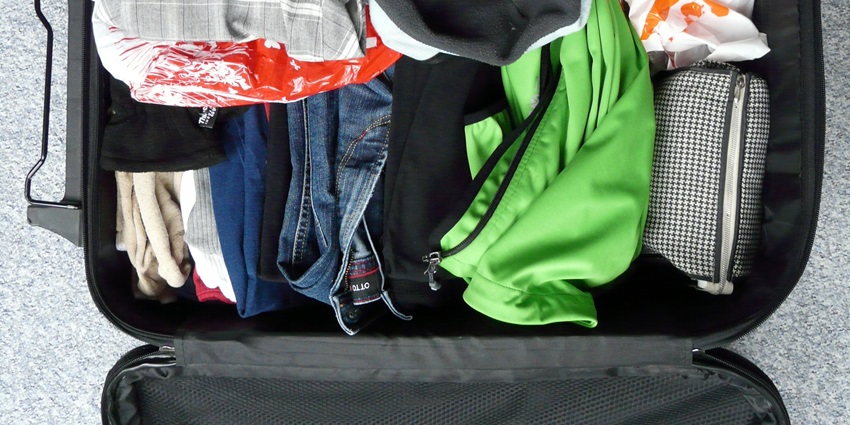
Photo: CC0 Public Domain / pxhere / Image For Representation Only
- Carry cash, as ATMs and credit card facilities are limited outside major islands.
- Respect local customs and traditions, especially in villages.
- Dress modestly when visiting traditional areas.
- Use mosquito repellent to prevent bites, especially during the wet season.
- Plan your trip in advance, as flights to Kiribati are limited.
- Drink bottled or boiled water to avoid stomach issues.
- Engage with locals—they are friendly and happy to share their culture.
- Travel with eco-friendly products to help preserve Kiribati’s fragile environment.
Kiribati Island is a hidden paradise offering breathtaking atolls, rich marine biodiversity, and a unique cultural experience. From the historical significance of Tarawa Atoll to the pristine beauty of Millennium Island, every destination on the islands provides a glimpse into its untouched charm. Whether you’re an adventurer, a nature lover, or a cultural enthusiast, Kiribati promises an unforgettable journey. Plan a trip with TripXL and explore the ultimate tropical paradise!
Cover Photo: Vladimir Lysenko / Wikimedia Commons


 WhatsApp
WhatsApp
 Twitter
Twitter









